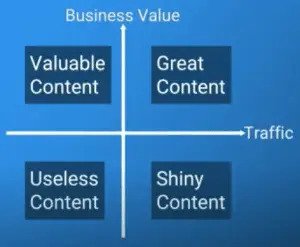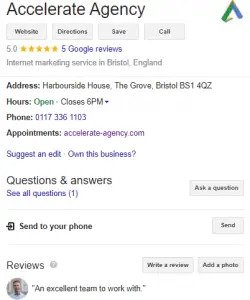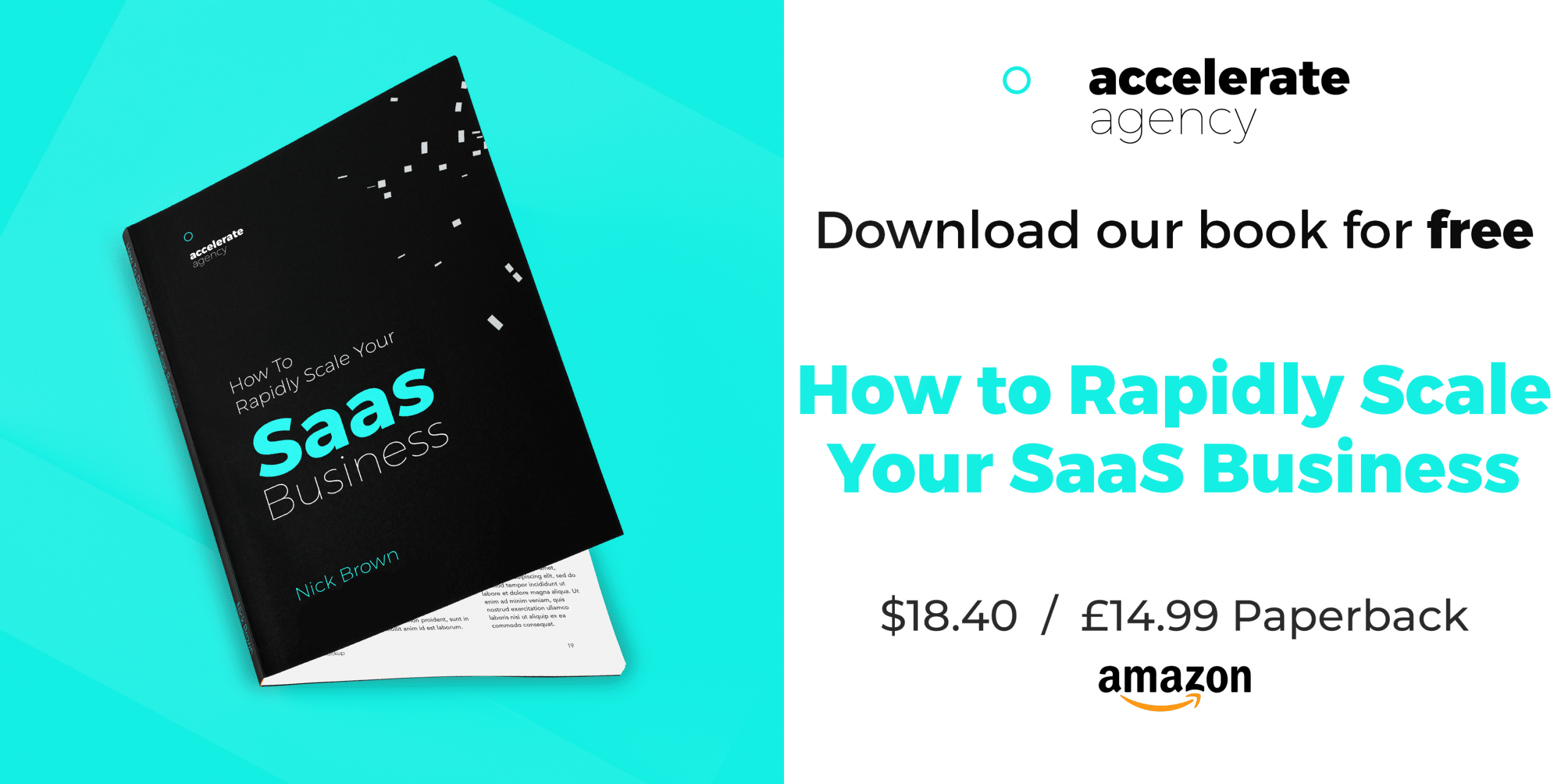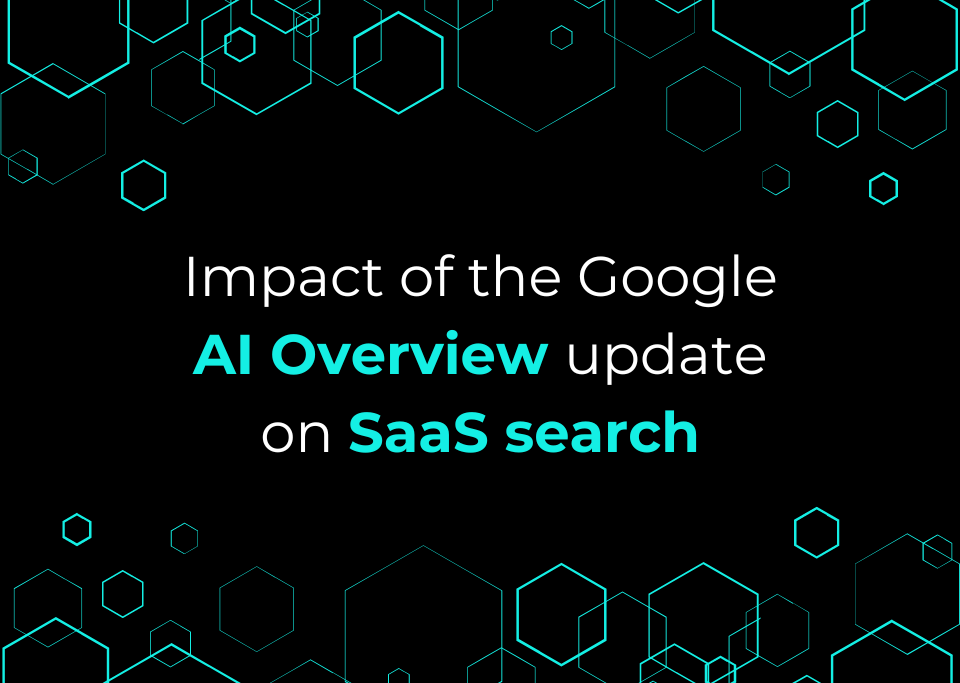The things you should consider when growing your online presence
We recently hosted a virtual summit on ‘Scaling your Lead Generation with Killer Content and SEO’ – and there was a lot of useful information shared! If you missed out (or simply want a recap), we’ve got our top twenty takeaways for you to browse below.
Book a Consultation
Making the most of your content
The 80/20 Rule
Accelerate’s Co-founder and Director of Search, Nick Brown shared his favourite method – the 80/20 rule. This refers to the amount of time you should spend on each aspect of content marketing. 20% of your time should be focused on building your website content, whilst 80% of your time should be spent on off-site promotion (such as link building, email marketing, etc).
Choosing the right keywords

When writing content, it’s important to know what keywords to use. Programs like Keywords Everywhere, Google Search Console, Ahrefs, Moz and SEMrush can make this much easier.
You can type in the keyword you were thinking of, assess the metrics on it and see potential alternatives or ones to use alongside. By looking at metrics like organic click through rate and search frequency, you can pick the best ones for you.
Remember: what you think a keyword is might not actually be what users search for! Greg Gifford, VP of Search at SearchLab gave a great example – car dealerships often prioritise the term ‘pre-owned cars’, but he found that this only got around 18,000 searches. ‘Used cars’, however? Over six million. Make sure your keywords suit the user, not just your business. User-intent should always be a primary factor when choosing your keywords.
Answer questions
On the topic of questions – answer them! Many people search for specific questions so if you can provide a good answer, it’ll get attention. Plus, Google likes to pull from FAQ sections and provides askboxes. Sites like alsoasked.com can show questions like to keywords you’re targeting, so that you can work those answers into your content.
Quality not quantity
It used to be popular to focus on the amount of content, rather than what it’s about. However, quality is better ranked by Google than quantity. If you answer a question and it’s the best possible answer – in depth, comprehensive and easily accessible – then you’ll get far better results than writing lots of generic, shallow content.
Read it out loud
It can be easy to get lost in a sea of keywords, SEO, and linking. Content needs to be readable – and reading it out loud is a great way to spot whether it sounds natural or not. If you find yourself reading a sentence and repeating the same phrase three or four times, it’ll sound strange. Good content should feel conversational and natural, so make sure yours is.
Valuable vs Great vs Shiny

Kevin Indig, VP of SEO and Content at G2 drew a great distinction between valuable, great, and shiny content.
Valuable content drives conversions, but might not get much traffic. Shiny content gets a lot of traffic, but might not get many conversions. Great content is that beautiful blend of both.
He noted that, if you focus solely on great content, you can just end up with mediocre content. Instead, embrace all three types – your shiny content can drive clicks to your valuable content, and increase general site traffic.
How to master your local SEO
Write about the area
Beyond the obvious first step – listing your physical location – you need to really commit to the place you’re based in to get the benefits of local SEO. When considering blog posts or other website content, try to talk about the area as much as possible. Greg Gifford encourages a 50/50 split on blogs between business content and local content.
Use local connections
When it comes to local SEO, Google doesn’t just consider relevancy to be in terms of the topic. Instead, relevancy can also be locality. This means that you can make use of methods that wouldn’t work for a more global scale, like building links through local connections. Some possible tactics include:
- Sponsor local events – Google frowns on buying links, but sponsoring an event that leads to a link is very different!
- Donate time and money to local charities
- If you have the space, offer it up to meet-ups or events
- Target local resource pages and business associations
- See if your employees have any interesting links to clubs or organisations you can use
- Get in touch with the neighbourhood watch and see if you can be a trusted business
List your location everywhere
If there’s somewhere you can mention your location, you should. Obviously, you don’t want the keyword saturation problem to come up, but it needs to be something that search engines pick up on. You should include your main keyword, city and state abbreviation (if relevant) in:
- Your title tag – put it before the business, as your business name is unique and likely to be one of only a few search results for it (unlike the keyword and city!)
- Your H1 heading
- Within the page content – spread out over a few paragraphs
- In the url – returning to the dealership example, use /search-used-cars-dallas-tx instead of just /search-used-cars
- In the image alt text – this is both useful for search engines and people accessing it through screen readers
- In the meta description – this may not play into search rankings, but it shows up on Google so it’s worth highlighting
Look Beyond Your Bubble
Whilst you’re focusing on local content, don’t let that narrow your horizons too much. As well as looking at your competitors in the same area as you, look at ones in other cities too. They might have ideas that haven’t reached your area yet, and you’ll be able to see useful patterns by looking at more locations than just your own.
How to leverage you data
JSON-LD
Accelerate’s Co-founder and Analytics Director, Phil Pearce gave us a whirlwind tour through JSON-LD (JavaScript Object Notation for Linked Data) and why it’s worth using. JSON-LD allows Google to pull useful data from your site and populate your search listings with it, among other things. Advantages include:
- Increased organic click through rate
- Allows for action buttons when signed in
- Allows you to leverage offsite markups
- Extra organic impressions in card carousel
- A requirement for AMP pages (news markup)
- Allows for content groups and remarketing
- Works in webmail too!
Structured Data Snippets
If you have information that you can structure in some way – for instance, in a table, then make use of it! Google has a markup that can display the table as part of the search results, making it much easier for users to read.
It can do this for other useful data snippets too – ever searched for a famous actor and seen that little sidebar populated by photos and basic information on them? That can be achieved through JSON-LD.
Action Buttons
One of the biggest advantages of this is the ability to have your logo, your social media and your telephone number, all part of your search result.

As you can see, this contact information has been transformed to action buttons – you can click ‘call’ to be directly connected to the team, or ‘directions’ to go to maps.
You can ask questions, and even save the details for future reference. Making it easier to interact with a brand in this way is great for using data to create leads.
You can also use this in webmail – especially in Gmail. For example, if you’re a restaurant, you can have action buttons for ‘make a booking’ directly in your email marketing.
This makes it much easier for the customer to go from reading your campaign to acting on it.
Convert Legacy Data
If you’ve previously adapted your site for JSON-LD’s forerunners – microdata or RDFa – then it’s easy to make use of JSON-LD. You can update legacy data, rather than having to do it all from scratch. This is great if you don’t have time to manually go through every page and update it all!


